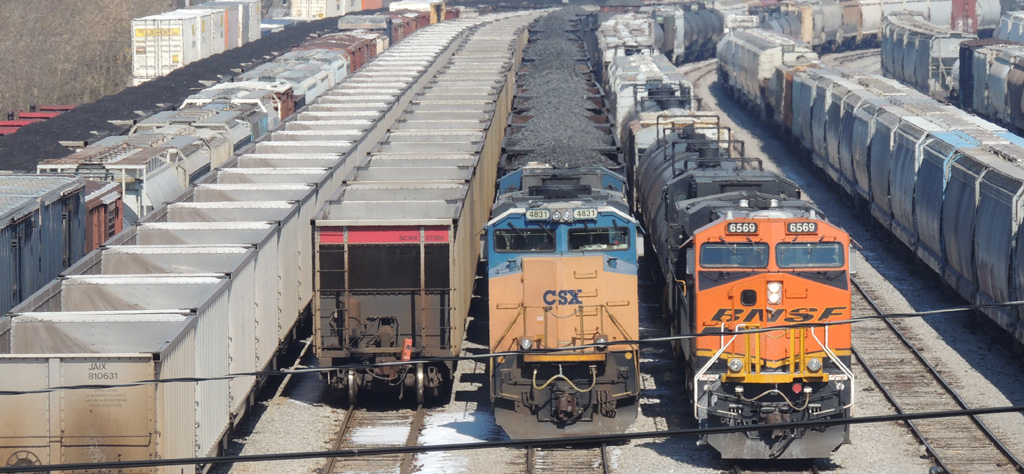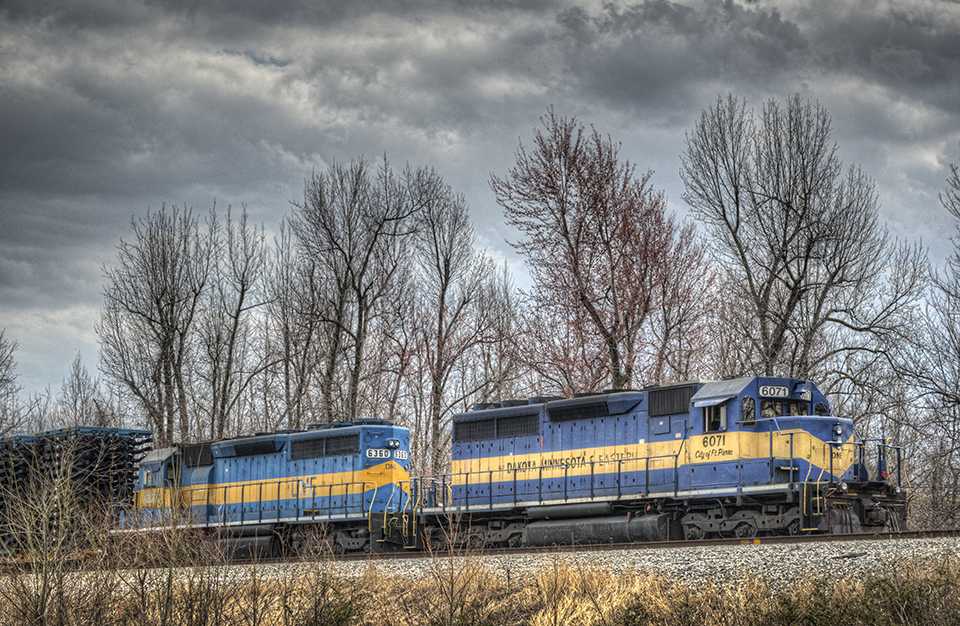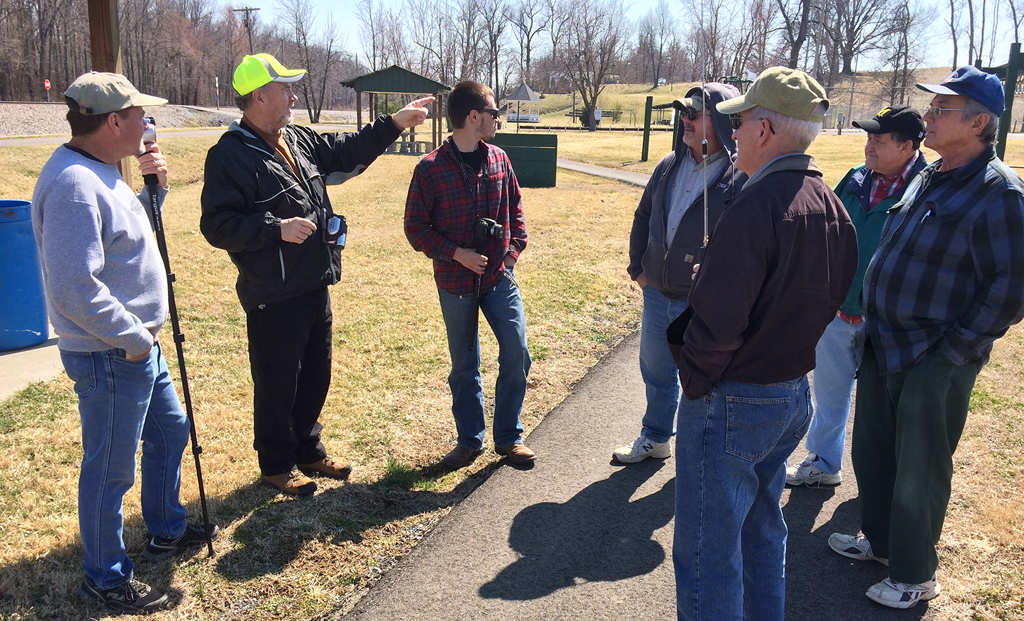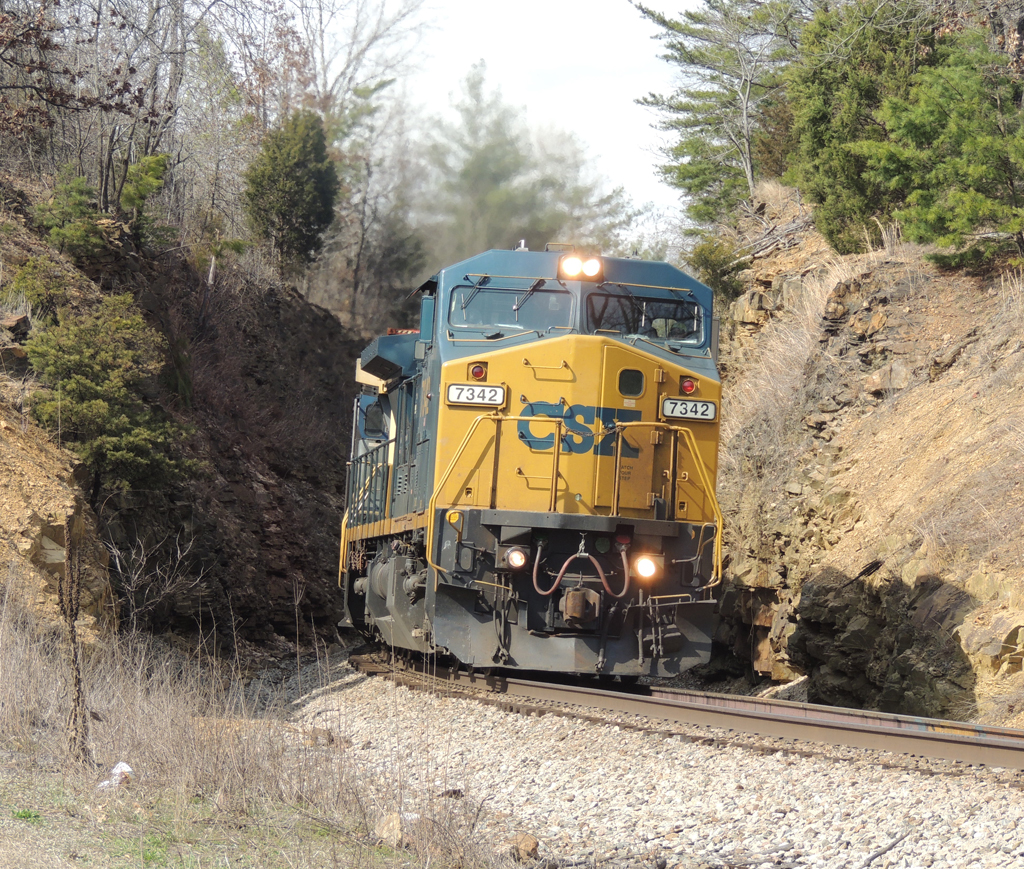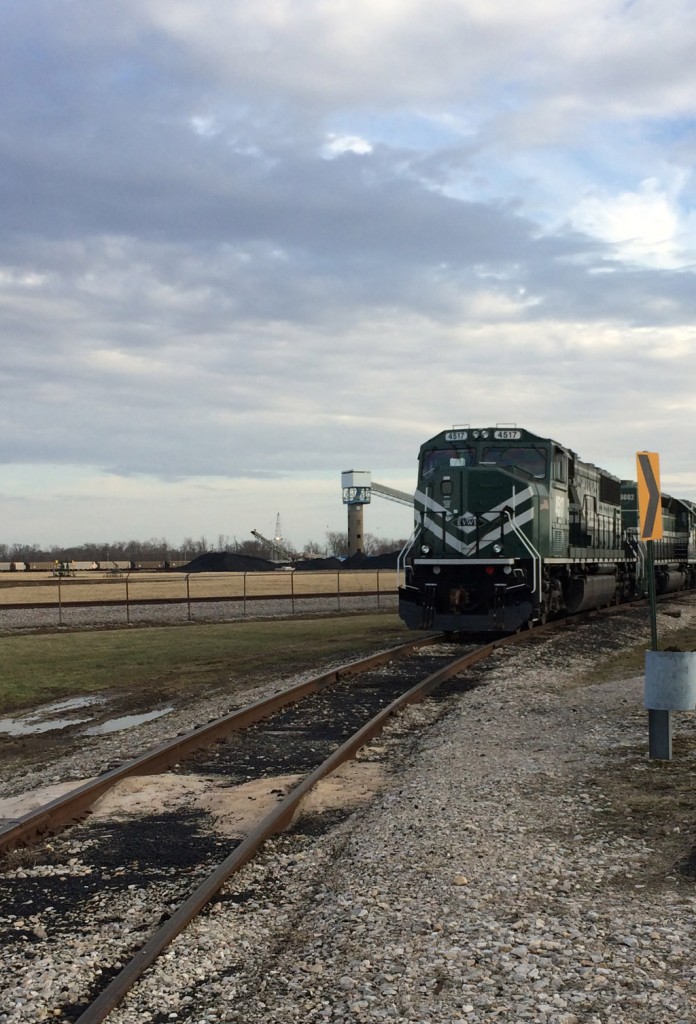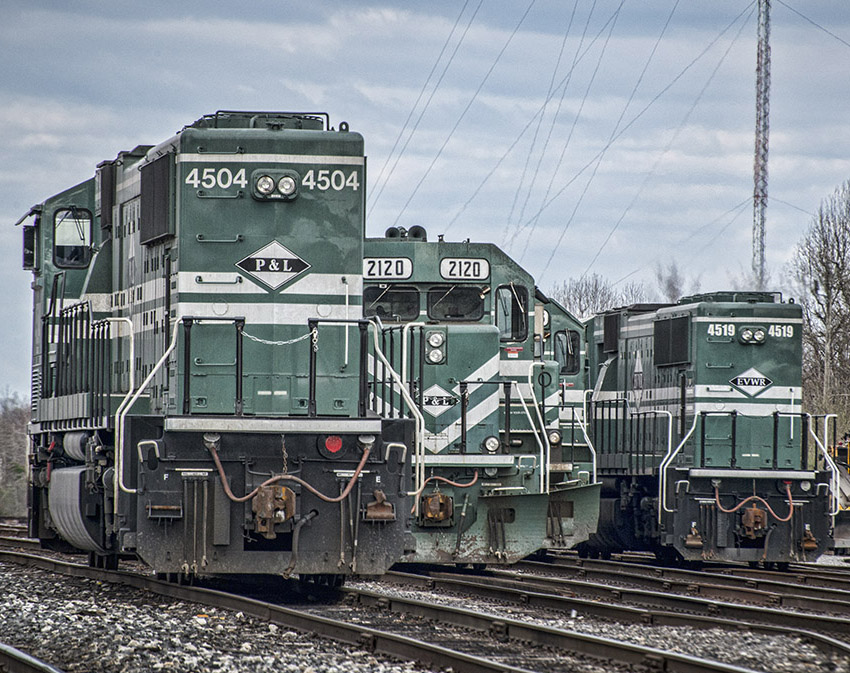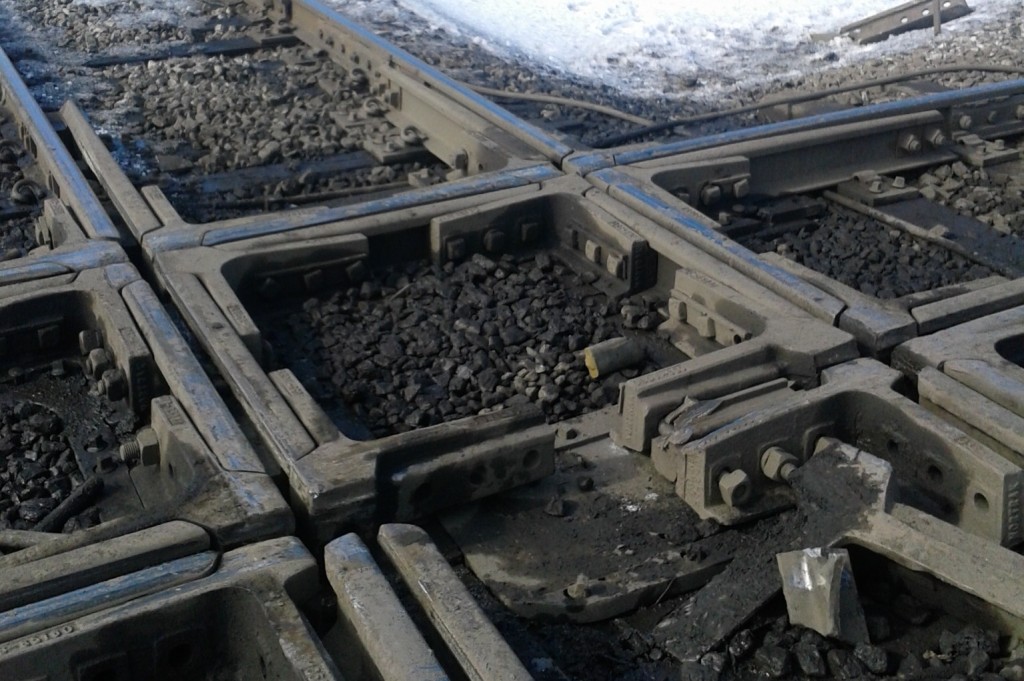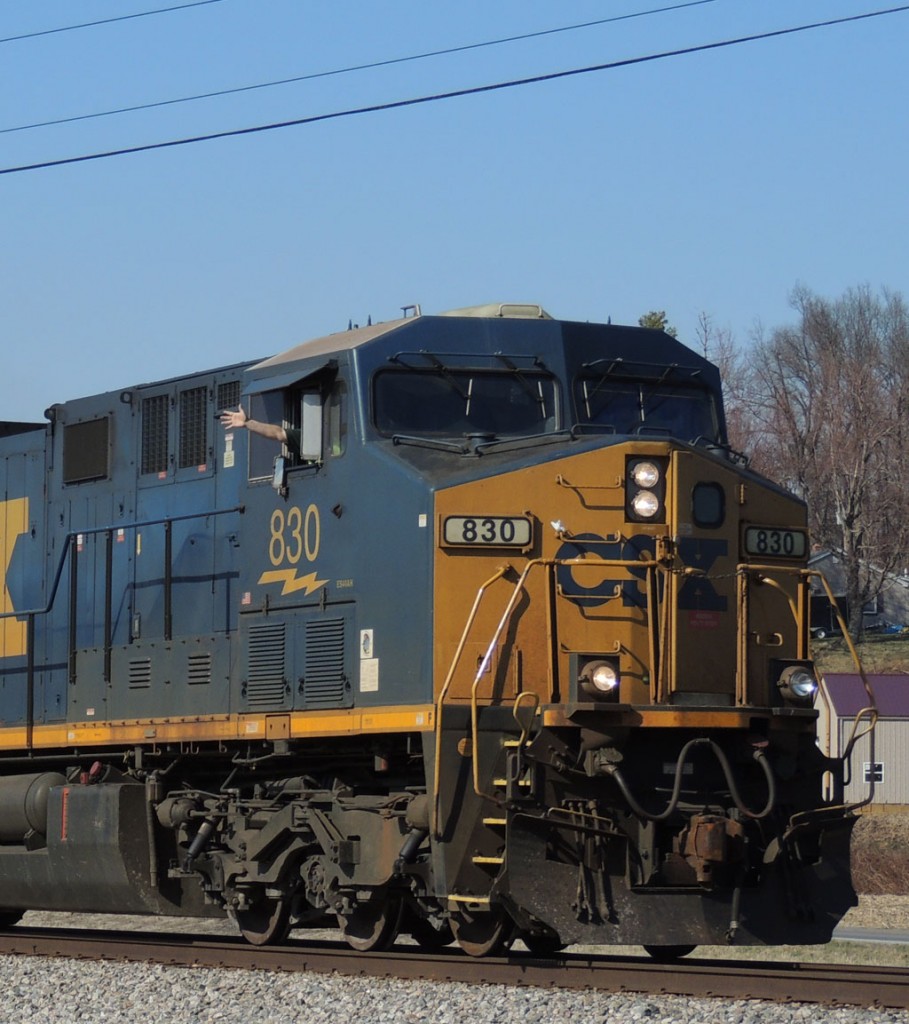
Author: Jim Pearson
Submitted by Chuck Hinrich
Summerail Hotel Information
For those coming to Summerail this year you might be interested in the Summerail group rate at the Marriott Courtyard Hotel at 500 West 3rd St., Covington, KY 41011. This is the hotel made famous by the balconies overlooking the C&O bridge approach on the south side of the Ohio River.
1 King bed $129 2 Queen beds $139
I know the rate is not that cheap, but I was lucky to get them just $5 higher then last year. The Reds are in town this weekend so rooms will go fast.
There are cheaper hotels around the Florence, KY, area, but for sure they don t have a view like the Marriott Courtyard and not as close to CUT.
Anyway, if you are interested telephone reservations can be made by calling the Marriott reservations at 800-321-2211 or directly with the Marriott Courtyard at 859-491-4000. You should of course mention the Courtyard Cincinnati Covington and the Summer Rail Group to get the group rates.
The group rates are only available until Friday 7/18/2014, so please be sure to make your arrangements early. Unreserved rooms will be released, and our block will be closed.
This DVD should be in every Chapter member’s collection; it is our “home sub.” I purchased my copy from someone on eBay, but Green Frog (www.greenfrog.com) offers it for $11.98 plus shipping. Two Chapter members, the late Dennis Carnal and Chuck Hinrichs, assisted in the production of this video.
The Henderson Sub runs from Nashville to Howell Yard in Evansville. It passes right through good old Madisonville and runs right outside the door of our meeting place at the depot.
We are shown some very familiar scenes as we travel north from Nashville along the Henderson Sub. We see the Hopkinsville Depot where we meet every May and the nearby freight house. We see Gumlick Trestle, Crofton, and scenes from Madisonville.
If you don’t already have it, you should add this video to your collection.
This is the old station sat on trackage running from Gracey, KY to Clarksville, TN. The station was finally torn down early this year.
The initial railroad was the Indiana, Alabama and Texas Railroad and later the L&N. The line was built in the 1850’s and abandoned in 1934.
Submitted by Chuck Hinrich
Photo by Chuck Hinrich
Remember that starting this month, guesses will be taken at meeting time and thrown into a hat. The first name drawn with the correct answer will get first pick of the items that are up for raffle.
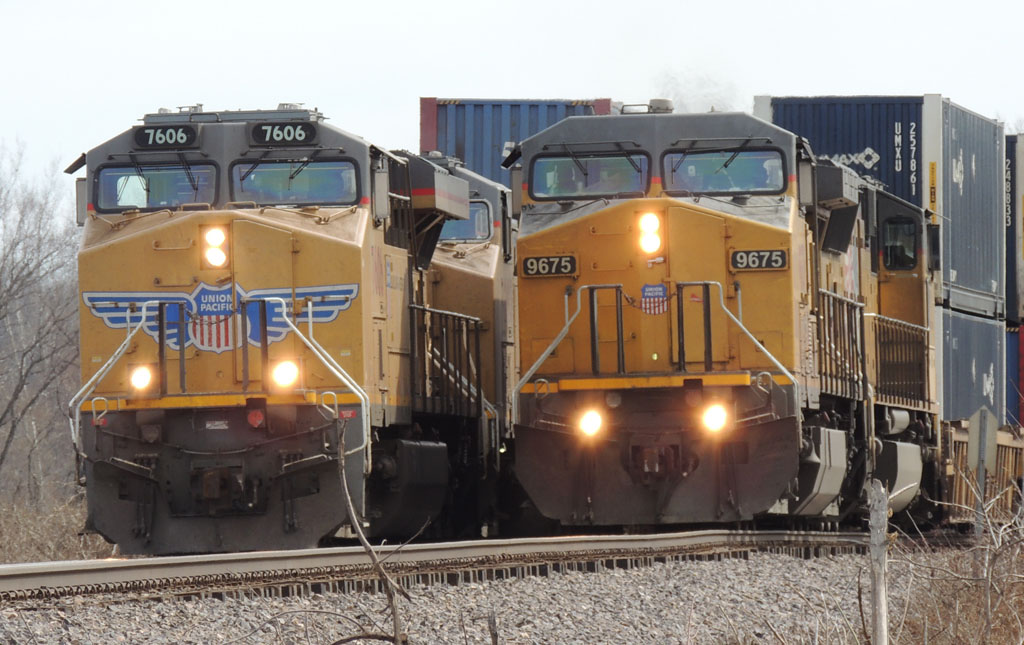

by Matt Gentry
If there is anyone who absolutely despises cold weather, it is this guy right here. Don’t get me wrong, as much as I love summer and the heat it brings, cold weather provides a nice break. But, once Christmas and New Years is
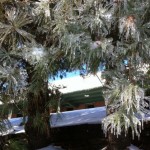
over, I want the heat to return. This year has been exceptionally depressing on the temperature front with the “Polar Vortex” and the frozen precipitation we have had. And it goes without saying that no one in the area has been left out! Snow and ice down in Atlanta and the Carolina’s? OK, great Mother Nature, let’s get a little warmth back.
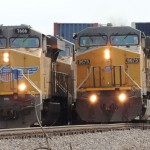
As it goes for many of us who share the same enjoyment of trains and railroading, it has not been a winter to get out to do much, if any, rail fanning. That is until mid February. I had been keeping an eye on the temperatures for about a week and saw that Tuesday, February 18th was potentially going to be a nice enough day to go chase trains. I made mention of it to Rick Bivins and we both threw out the idea of making a trip to one of our favorite spots, Gorham, Illinois. Albeit
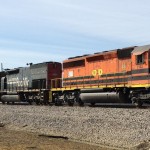
last minute, to Gorham we went with Donny Knight and Thomas Bryan joining along for the day.
Upon arriving just about 45 minutes after Rick & Donny, we were immediately greeted with a northbound Union Pacific stack train with 2 brand new SD70Ace’s (possibly SD70AH) headed up the Mt. Vernon subdivision. My reaction? “It’s going to be a great day.”
What made this trip even more of an adventure for me was twofold; 1) the purchase of a new high definition digital video camera not two days before our journey (did I plan it that way? …maybe), and 2) for being my fourth trip to Gorham, all previous trips had actually been fairly lackluster for me! Gorham and lackluster in the same sentence you ask? Yes. Two of the previous three occasions had track maintenance being performed to the south and traffic on the Chester Subdivision was virtually at a standstill for the better part of eight hours. Thankfully, this day did not disappoint!
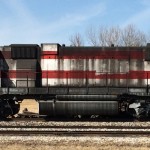
It wasn’t a few days later and the weather still continued to cooperate and I managed to catch some rail activity not a few miles from my house! As some of you know, I live not very far from the Alcoa aluminum plant and Vectren power plant to the east of Evansville along Highway 66 (Lloyd Expwy). This day, I witnessed Indiana Southern (now Genesee & Wyoming) pulling an empty coal drag north towards Boonville. Interestingly enough, there were two former Southern Pacific locomotives in the consist! I am fairly certain that these units were slugs only. They had no prime mover in the locomotive.
After this sighting, I figured what the heck, I’ll head up towards the power plant and see if I can see anything working in the yard. As luck would have it, I was able to catch one of the Yankeetown Dock Corp locomotives, #21, shoving loaded coal cars up to the docks to be unloaded! I couldn’t believe it! It still exists! With this kind of luck, I decided I should head up to Princeton Indiana to see what traffic I could see in the area. Princeton is a great train spotting location because the CSX and Norfolk Southern cross at grade on the south side of town.
After mentioning this to Rick, we decided to plan a day in Princeton. Once again, rather last minute, but we went to Princeton on Monday February 24th. We took a risk going on a Monday, but I wanted to arrive early enough to check and see what kind of NS trains would be going through. Surprisingly we were not disappointed in the slightest. We saw at least six NS trains and one (maybe two) CSX trains for the day.
After all of this, my plans for the year are to make as many outings as possible to do some rail fanning in the area and possibly make some longer distance trips to new locations. After all, I do have a new video camera to use!
And speaking of the camera and my videos, below there are videos to of our day in Gorham Illinois and a video containing the Indiana Southern and Yankeetown locomotives.
)
By Tom Johnson, Chapter President
Greetings, fellow chapter members!
I’m looking forward to seeing everyone Monday night, March 17, 2014 at the depot for our monthly meeting.
We had a real good February meeting with Steve Miller presenting a power point program on railroad signal interpretation. Everyone seemed to enjoy the program and I think we all learned some things. There were some good discussions during the presentation with people citing local examples of many of the signal situations included in the program.
We had good attendance. I counted 18 but the sign-up sheet only showed 17; I guess someone forgot to sign-in.
The discussion segment of the meeting was on the subject of “foreign power” and several folks contributed good information.
It seems that lots of you like the idea of devoting a few minutes of our meetings to discussion on a particular topic. Each and every one of you is encouraged to submit ideas for these discussions to Matt Gentry. Matt will announce the topic in the newsletter so that members will have time to do a little research on the subject ahead of the meeting. Subjects will be chosen on a first come, first served basis when more than one suggestion is submitted. The “official” way to submit an idea is to Email it to Matt. If you don’t “do” Emails, let me know your idea and I will Email Matt for you.
Remember, we are not trying to make this the main “entertainment” for the meetings, just a feature where we spend maybe 15 minutes on the topic that has been chosen.
Hope to see all of you Monday night!
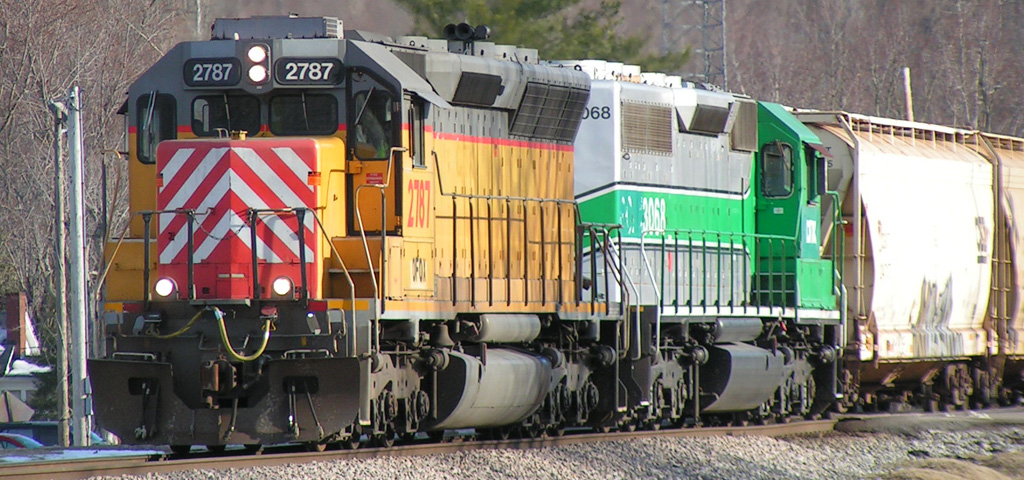
by Rick Bivins
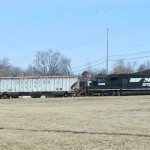
First off, as one can see in this issue, several members have taken time to arrange a few rail fan trips this winter…..undaunted members of a “frigid rail fan group” no less. This winter has not been kind to anyone, our friends “up north” and “down south” have all seen harsh conditions. Some still are!!! But a few spirited (desperate to get out perhaps) individuals took it upon themselves to get out anyway. I have always had a good time in Gorham Illinois, regardless of the weather. Recent trips to there and Princeton Indiana have all been good. But Saturday March 8, 2014 I drove all the way to just south of Nortonville KY… (a whole five miles for me) to one of my favorite spots to watch trains. Of course my front porch is a pretty good spot! But I still enjoy going to Romney Siding at the Hopkins/Christian County line on Hwy 41. In one hour and 55 minutes I saw five trains with power from five different railroads! CSX of course plus BNSF, NS, UPRR and CP. Now that to me is a good two hours!
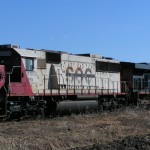
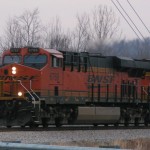
As for my “almost monthly” contribution to the newsletter, I said in the last article while describing my model railroad project, “Here is the plan…sorta”. Well….I have since changed things around. I still plan to have people over to enjoy the trains, mine and theirs etc. But the layout has morphed from a complex group of tracks that with Steve Miller’s help was pretty cool. The up and over idea really appealed to me as did adding “big” scenery as I tend to call it. But by the time I was two thirds of the way through the hard part, that is laying track, I realized it wasn’t practical. The “pile on more track” syndrome had kicked in. My layout was just a mass of track.
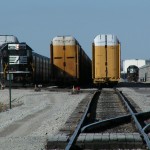
So, I decided to explore other track plan ideas, each one ended up the same
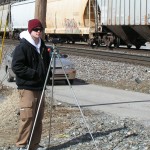
way. The result of this is “I cannot put twenty thousand square feet of layout in a five hundred square foot building….even if I go vertical with the track!” So….I will have to make a decision, do I want a loop of track going around and around, maybe with a siding and a staging yard or possibly twice around or have a switching layout with industry’s to set out and pick cars from or can I get all of it in there or………SEE, that is how it starts!
Or……I could add another twenty one feet to the building and then I could……..

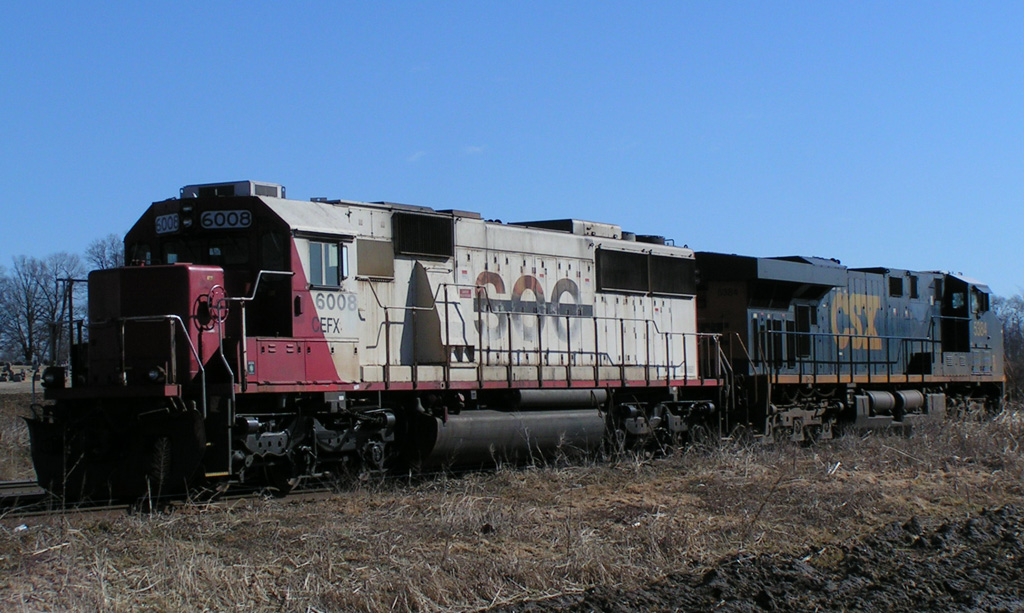
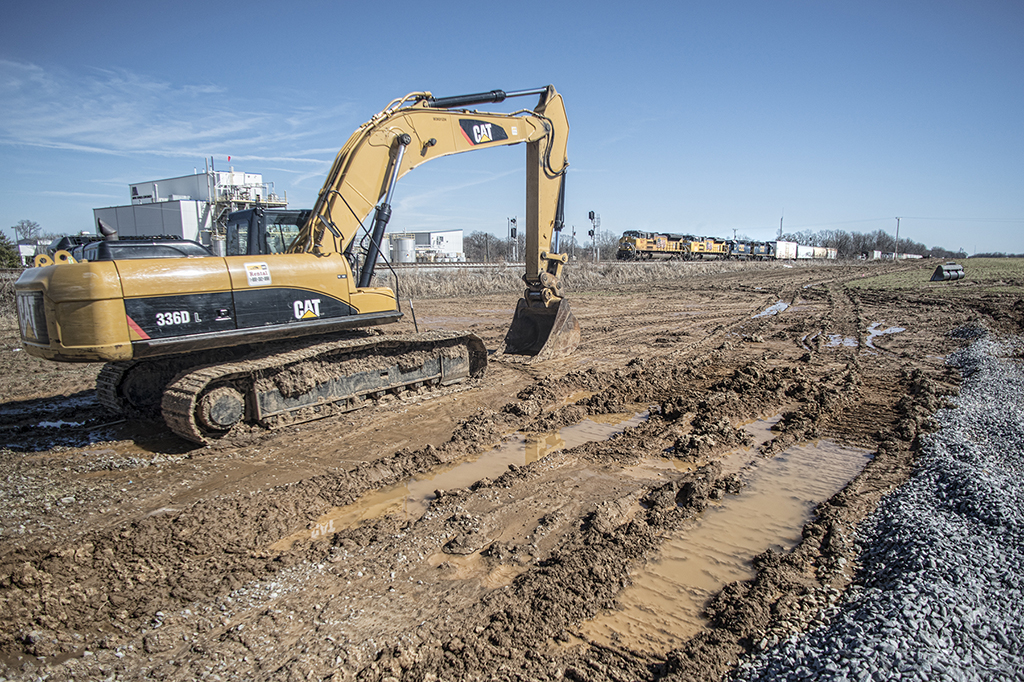
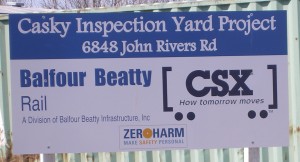
On February 22, 2014 a northbound CSX mixed freight, headed up by two UP engines, heads past the area where the new south lead will be for the new Casky Yards on the Henderson Subdivision will be located on John Rivers Road, south of Hopkinsville, Ky. Some construction has begun, but with the wet weather we’ve been having lately much of the dirt and track work has kept the equipment building the yard idle. – Jim Pearson

The Kootenai River Sub of the BNSF Railway stretches from Sandpoint, ID, on the west to Whitefish, MT, on the east. This is the only railroad video that I am aware of that covers this trackage. The next sub to the west is covered in 7idea Production’s “The Funnel BNSF Railway’s Spokane Sub” and the next sub to the east is covered in their “Marias Pass BNSF Railway’s Hi Line Sub.”
In this video we travel timetable east from Sandpoint but we head north to Bonners Ferry, ID, before turning southeast to follow the Kootenai River for 60 miles. We leave the Kootenai River east of Libby, MT, at a place called Jennings, MT, and begin the 1% climb through the Salish Mountains up to the Flathead Tunnel. It is a downhill run from the east portal of the tunnel to Whitefish, MT.
The scenes in this video were shot in the winter, summer, and fall of 2013. The fall scenes are especially beautiful because of the western larch, with their needles turned a brilliant gold, interspersed with the evergreen fir trees. The western larch is a deciduous conifer, which means that even though it is a cone-bearing tree and has needles, it sheds its needles in the fall.
A map of the sub is shown early in the video but there are no more references to the map throughout the remaining two hours of the video, which is somewhat disconcerting. Unfortunately, this shortcoming is common among RR videos, and many of them make no use of maps at all.
On five different trains shown in the video we see CSX power in the lash-ups along with the BNSF locomotives. Those CSX locos were sure a long way from home trackage! We see doubles stacks, unit grain trains, unit coal trains, and unit crude oil trains as we work our way across the sub.
When the Libby dam was built to form the Koocanusa Reservoir, 59 miles of track had to be re-located, which required the boring of the Flathead Tunnel. The narrator points out that 20% of the cost of the Libby Dam project was the money spent to bore this seven mile long tunnel, the second longest RR tunnel in the U.S., the longest being the Cascade Tunnel in Washington. The Flathead Tunnel was completed in 1970.
This is a very entertaining video and has the high quality wide screen videography that 7idea Productions in known for. The scenery is very appealing and the railroad action is good. I recommend this video.

